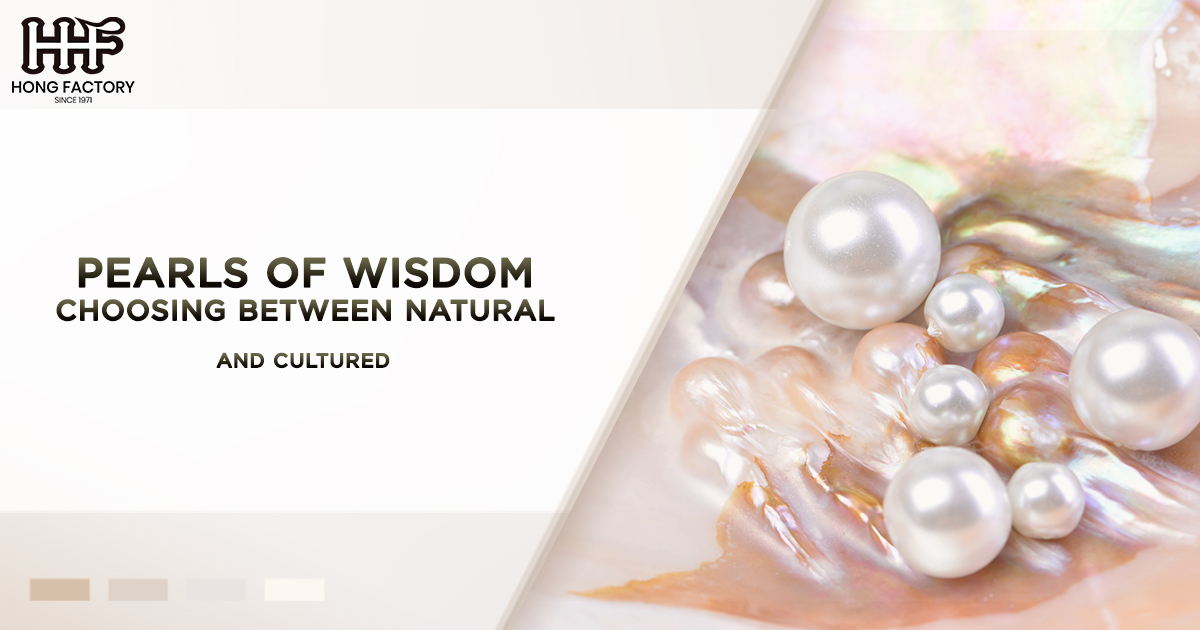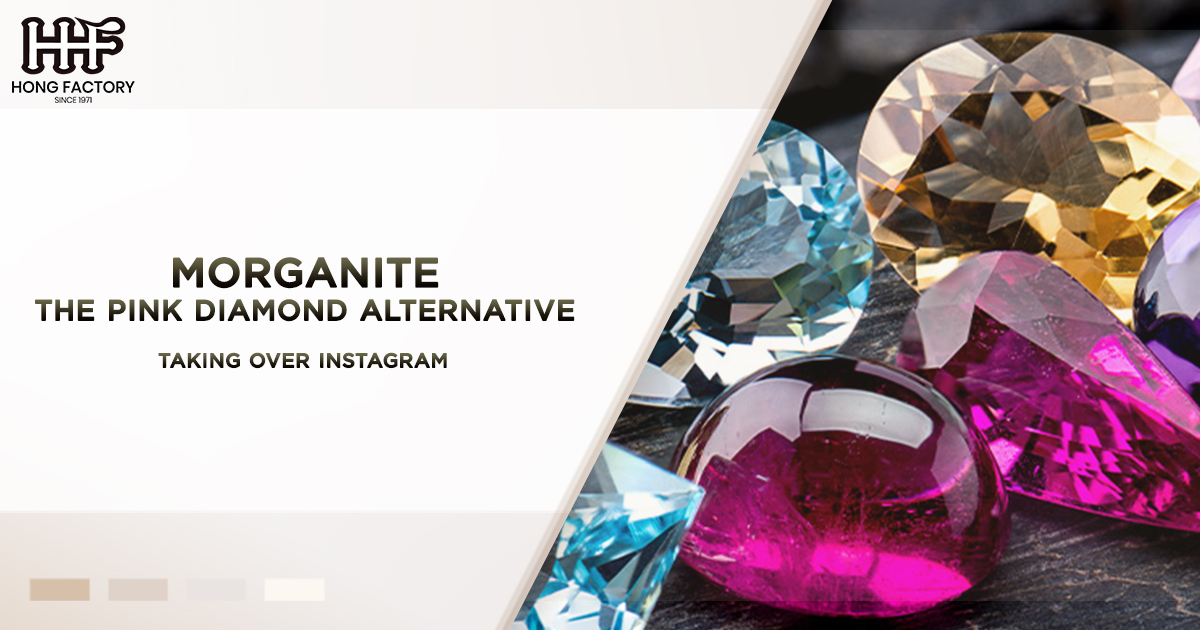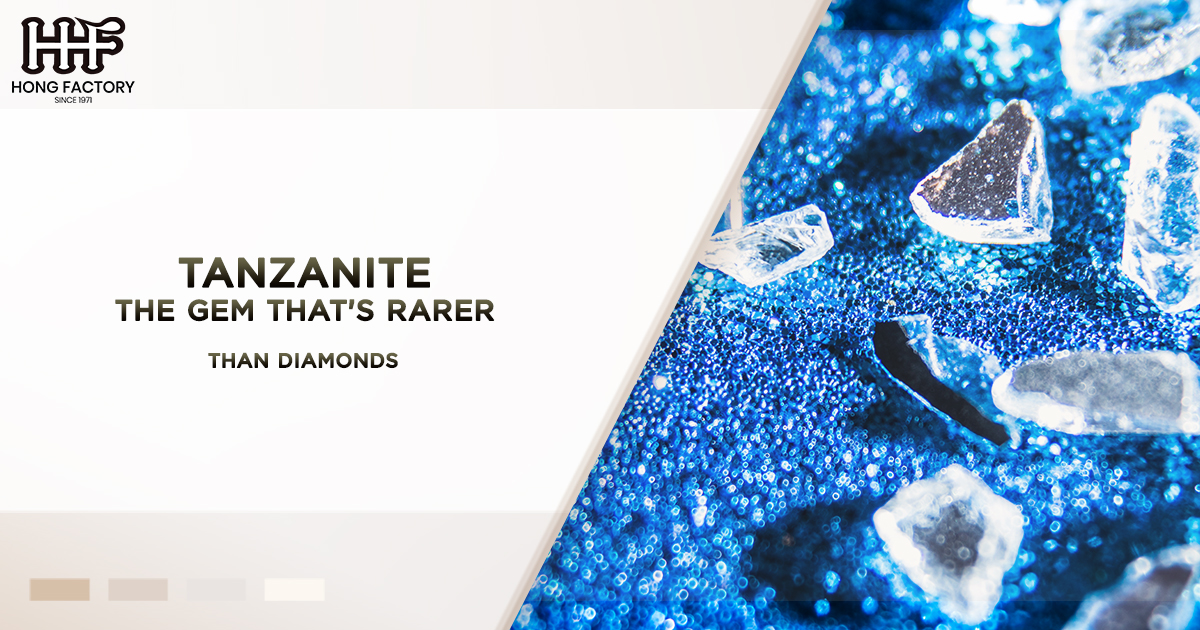Pearls are timeless gems that exude elegance and sophistication. Whether natural or cultured, their allure has captivated people for centuries. Deciding between natural pearls and cultured pearls, however, can be a challenging task, especially if you’re unfamiliar with the key factors that differentiate them. This guide will provide comprehensive insights, including a comparison of pearl types, value factors, a selection guide, and care requirements. By the end, you’ll be equipped to make an informed and confident choice.
Understanding Pearl Types – Natural vs. Cultured
What Are Natural Pearls?
Natural pearls are formed organically in the wild without human intervention. When a foreign substance, such as a grain of sand, enters an oyster or mollusk, the creature secretes layers of nacre to protect itself, forming a pearl over several years. Due to their rarity, natural pearls are often considered prized possessions, commanding high values in the jewelry market.
What Are Cultured Pearls?
Cultured pearls, on the other hand, are created through human-assisted processes. By implanting a nucleus (a small bead or piece of tissue) in a mollusk, pearl farmers can stimulate the production of nacre, leading to pearl formation. Cultured pearls are the most common type available today and are widely appreciated for their quality, affordability, and variety.
Key Differences Between Natural and Cultured Pearls
- Formation – Natural pearls occur without human intervention, while cultured pearls are intentionally farmed.
- Availability – Natural pearls are exceedingly rare, whereas cultured pearls are more readily accessible.
- Cost – Due to their rarity, natural pearls are significantly more expensive than cultured pearls.
- Appearance – Both types can achieve stunning beauty, but cultured pearls are often more uniform in size and shape due to controlled farming processes.
Value Factors – Decoding Pearl Quality
Whether you choose natural pearls or cultured pearls, understanding the factors that determine their value and quality is essential. Both types are graded based on similar characteristics
Luster
Luster is arguably the most critical factor in assessing pearl quality. It refers to the intensity and brilliance of light reflected from a pearl’s surface. High-quality pearls exhibit a sharp, mirror-like luster, making them appear radiant and captivating.
Surface
The fewer the blemishes or irregularities on a pearl’s surface, the higher its value. Natural pearls may have more imperfections due to their organic formation, while cultured pearls typically have smoother textures through controlled cultivation.
Size
Size is another determinant of pearl value. Larger pearls are rarer and, therefore, more valuable. While cultured pearls can range from 2mm to 20mm, natural pearls tend to be smaller due to their organic origins.
Shape
Perfectly round pearls are the most coveted and often the most expensive. However, baroque or irregularly shaped pearls can be equally charming and are sought after for their unique appeal.
Color
Pearls come in a spectrum of colors, including classic white, cream, black, pink, and even golden hues. The desirability of a color depends on personal preference, fashion trends, and cultural significance.
Selection Guide – Choosing the Right Pearls for You

When selecting pearls, it’s essential to consider your style, budget, and the occasion for which you’re purchasing. Here’s a step-by-step guide to help you make the perfect choice –
Define Your Purpose
- Everyday Wear – If you’re seeking pearls for daily or casual wear, opt for smaller, more durable cultured pearls, such as freshwater pearls, which are affordable and versatile.
- Special Occasions – For formal events or heirlooms, consider Akoya, South Sea, or Tahitian cultured pearls. Their superior luster and size make them ideal for standout pieces.
- Investment – If you’re planning to invest in pearls, natural pearls are a worthwhile consideration due to their rarity and historical value.
Understand the Types of Cultured Pearls
Freshwater Pearls – These are the most budget-friendly and come in various shapes and colors.
- Akoya Pearls – Known for their classic white color and high luster, Akoya pearls are perfect for traditional choices.
- Tahitian Pearls – Famous for their exotic dark hues, Tahitian pearls add drama and elegance.
- South Sea Pearls – Renowned for their large size and golden or white shades, South Sea pearls are among the most luxurious.
Set a Budget
Natural pearls are rare and expensive, often reserved for collectors or luxury buyers. Cultured pearls, however, offer a broader price range, catering to various budgets.
Inspect the Quality
Look for pearls with high luster, minimal blemishes, and uniform shapes for necklaces or earrings. If purchasing online, ensure the retailer provides detailed descriptions and high-resolution images.
Choose a Reputable Seller
When buying pearls, especially natural pearls, ensure you purchase from a trusted jeweler or dealer who provides certification of authenticity. For cultured pearls, look for sellers who disclose the type and quality grading of the pearls.
Care Requirements – Preserving Your Pearls
Pearls are delicate gems that require special care to maintain their beauty and longevity. Whether you own natural pearls or cultured pearls, follow these simple tips –
Avoid Harsh Chemicals
Pearls are composed of calcium carbonate, which can be damaged by acids, perfumes, or cleaning agents. Always apply lotions, fragrances, and makeup before wearing pearls, and remove them before using household cleaners.
Clean Properly
After each wear, gently wipe your pearls with a soft, damp cloth to remove oils and dirt. For deeper cleaning, use a mild soap solution and a soft brush, but avoid submerging them in water for extended periods.
Store Safely
Store pearls in a soft, fabric-lined jewelry box away from other gemstones to prevent scratches. Avoid plastic bags, as they can trap moisture and harm the pearls.
Wear Often
Interestingly, wearing your pearls often helps maintain their luster, as the natural oils from your skin can enhance their shine.
Restring Regularly
For pearl necklaces or bracelets, have them restrung every two years (or more frequently, if you wear them often) to prevent the silk or nylon thread from weakening.
Conclusion
Choosing between natural pearls and cultured pearls ultimately depends on your personal preferences, budget, and intended use. Natural pearls, with their rarity and organic charm, are perfect for collectors and luxury seekers. Cultured pearls, on the other hand, offer a dazzling array of options for everyday wear and special occasions at more accessible price points.
By understanding the differences between pearl types, assessing pearl quality, following a thoughtful selection guide, and adhering to proper care practices, you can enjoy these timeless gems for years to come. Whether you prefer the historical allure of natural pearls or the modern versatility of cultured pearls, one thing is certain – pearls will always remain a symbol of elegance and grace.


